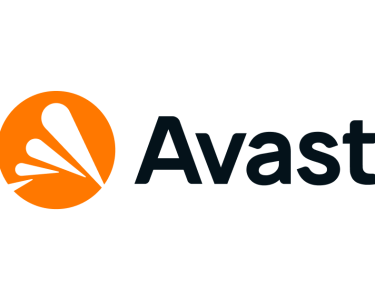The internet is a vast and often mysterious place, and one of its most shadowy corners is known as the dark web. The dark web is a part of the internet that is not indexed by search engines and requires specific software, such as Tor, to access. While it has legitimate uses, such as providing a platform for political dissidents and journalists to communicate anonymously, the dark web is also home to a thriving criminal underworld, offering a haven for cybercriminals to operate with impunity. In this article, we will explore the dangers of the dark web and the threats it poses to individuals and organizations alike.
The dark web is often associated with illicit activities, including the sale of drugs, weapons, and stolen data. It is also home to a thriving marketplace for cybercrime-as-a-service, allowing individuals with little technical expertise to purchase pre-packaged tools and services to carry out their nefarious activities. These services can include anything from distributed denial-of-service (DDoS) attacks to stolen data and malware. The anonymity provided by the dark web makes it difficult for law enforcement to track down and prosecute these criminals.
One of the most significant threats posed by the dark web is the sale of stolen data. Cybercriminals use a variety of methods to obtain sensitive data, including phishing attacks, social engineering, and exploiting vulnerabilities in software and systems. This data can include personally identifiable information (PII), financial information, and login credentials. Once stolen, this information is often sold on the dark web to the highest bidder, where it can be used for identity theft, financial fraud, and other malicious purposes.
In addition to the sale of stolen data, the dark web is also a popular platform for ransomware attacks. Ransomware is a type of malware that encrypts the victim’s files and demands a ransom payment in exchange for the decryption key. The anonymity provided by the dark web makes it an attractive platform for ransomware operators to demand payment, often in cryptocurrency, to avoid detection.
Organizations that fall victim to ransomware attacks may face significant financial losses, reputational damage, and legal liabilities. In some cases, paying the ransom may not even guarantee the safe return of the encrypted files. Therefore, it is essential for organizations to take proactive measures to prevent ransomware attacks, such as implementing strong security protocols, regularly backing up data, and providing ongoing security awareness training for employees.
Another danger of the dark web is its role in facilitating cyber espionage and cyber warfare. Nation-states and other threat actors can use the anonymity provided by the dark web to carry out attacks on critical infrastructure, steal sensitive information, and engage in other malicious activities. These attacks can have significant geopolitical implications and can cause widespread damage and disruption.
To combat the threats posed by the dark web, organizations and individuals must take proactive measures to protect themselves. This includes implementing strong cybersecurity protocols, such as using multi-factor authentication, regularly updating software and systems, and providing ongoing security awareness training for employees. Organizations must also develop incident response plans to quickly and effectively respond to security incidents and prevent further damage.
In conclusion, the dark web is a shadowy corner of the internet that poses significant threats to individuals and organizations alike. From the sale of stolen data to ransomware attacks and cyber espionage, the dark web provides a platform for cybercriminals to operate with impunity. It is essential for organizations and individuals to understand these threats and take proactive measures to protect themselves and their sensitive data. By working together, we can help create a safer and more secure digital world.




